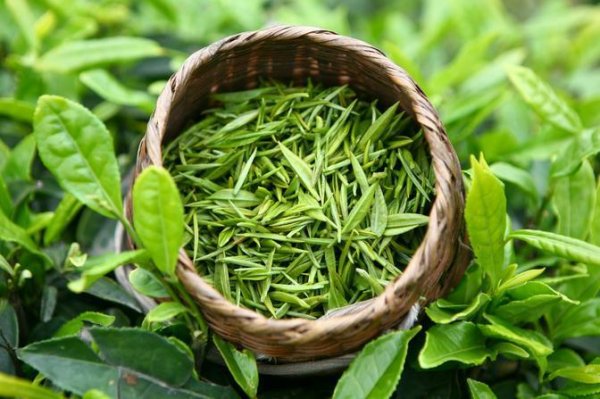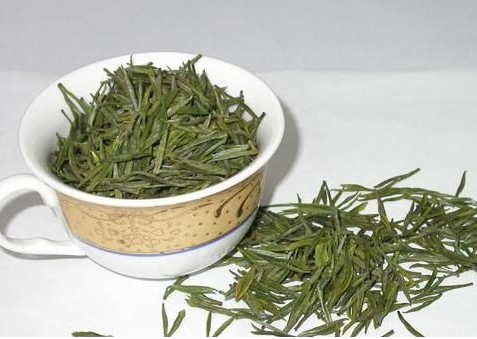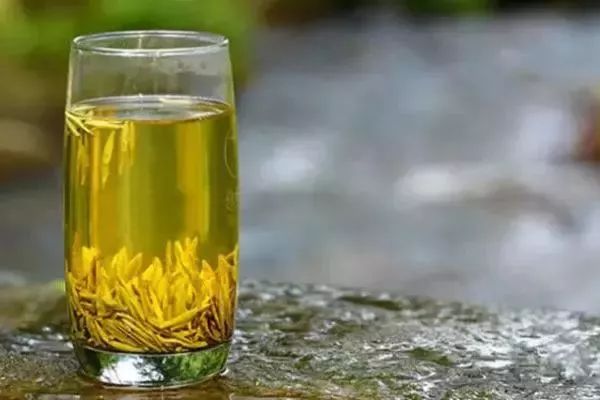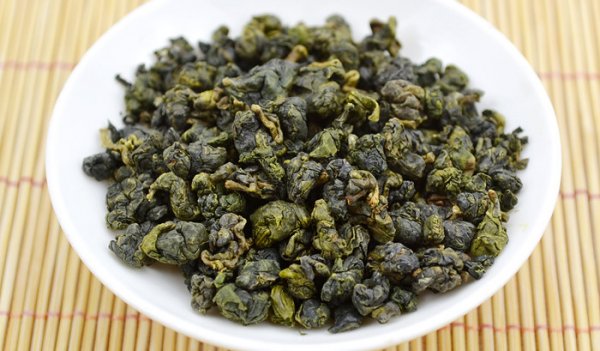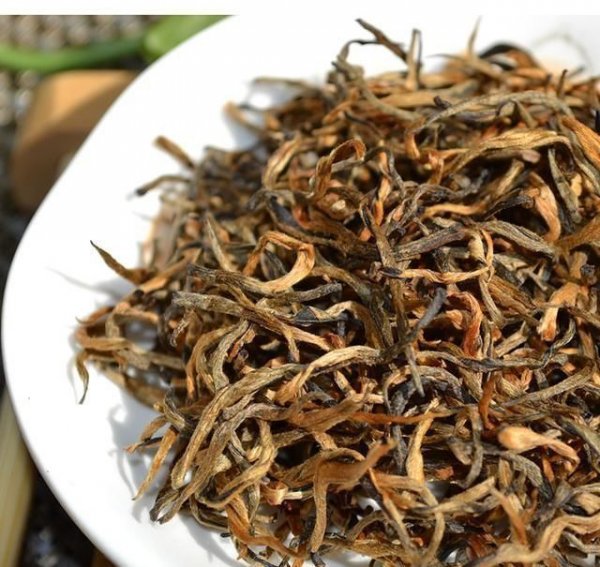Green tea, white tea, black tea, flower tea... various tea processing processes
First, Chinese tea classification The number of Chinese teas is the highest in the world, and many teas can be divided into two categories: basic teas and reprocessed teas. The basic teas are light and deep depending on the degree of fermentation. They are green tea, white tea, yellow tea, oolong tea (green tea), black tea and black tea. The basic tea tea is used as raw material for reprocessing to form various reprocessed teas, such as flower tea, pressed tea, extracted tea, fruity tea, medicinal health tea and tea-containing beverage. Second, green tea processing Green tea is the most abundant type of tea in China, and green tea is produced in 18 tea-producing provinces (regions). There are hundreds of varieties of green tea in China, with various shapes, such as curled, straight, round, spiral, needle, single bud, sheet, stretch, flat, grain, flower and so on. China's traditional green tea - eyebrow tea and pearl tea is the main export of green tea. Basic process: killing → æ‰æ» → drying There are two ways to kill the green: steamed green and hot steam. The steam-killed green tea is called “steamed green teaâ€. Drying depends on the final drying method. There are different types of fried, dried and dried. The fried and dried is called “fried greenâ€, the dried is called “baked greenâ€, and the dried one is called “sun-driedâ€. The delicate and famous green tea, which is in various poses, is formed by adopting different modeling methods (hands) in the manufacturing process. It is squashed, has a string of needles, has a ball and is formed into a ball. There are curls, ligatures, and so on. Third, white tea processing White tea is a thick bud leaf of a large white tea variety with a lot of leaf velvet hair. It is processed by needle (separation of tea buds and leaves). Basic process: fresh leaves → withering → drying Fourth, yellow tea processing Yellow tea is formed after suffocating and simmering after baking, so that the bud leaves become yellow, so boring yellow is the key to the process. Take Mengding Huangyan as an example, the basic process flow: killing → initial package → re-sauting → multi-packing → three frying → stacking and spreading → four frying → baking Five, oolong tea processing Oolong tea is a type of semi-fermented tea between green tea (non-fermented tea) and black tea (fully fermented tea). Oolong tea has two types of strip tea and hemispherical tea, and the hemispherical tea needs to be wrapped. Fujian Wuyi Rock Tea, Guangdong Phoenix Narcissus, and Taiwan's Wenshan Baochao Tea are strip-shaped oolong tea. Basic process flow (Wuyiyan tea): fresh leaves → sun-green → cool green → green → green → æ‰æ» → dry Anxi in Fujian (Tie Guanyin, Taiwan's frozen top oolong tea is a hemispherical (rolled spiral) oolong tea. Basic process flow (Southern Oolong tea): fresh leaves → sun-green → cool green → green → green → æ‰æ» → fire baking → bag æ‰ â†’ full fire → dry Sixth, black tea processing Black tea is a whole fermented tea, and fermenting the leaves to make the leaves red is the key to the process. Chinese black tea is divided into three categories: small black tea, black tea and red broken tea. In the final drying of the small black tea, it is smoked and dried with pine wood, so there is a clear smell of loose smoke. The basic process: fresh leaves → withering → æ‰æ» → fermentation → smoked drying In the manufacture of black tea, the fermentation is moderate, and the simmer is slow-baked and dried. For example, the Qimen Gongfu black tea has a special high fragrance. The basic process: fresh leaves → withered → æ‰æ» → fermentation → fire baking → full fire drying In the manufacture of red broken tea, the cutting equipment is used to cut into small pieces of granular shape, and the fermentation is moderately dried in time. Basic process (worker black tea): withering, cutting, fermenting, drying Seven, black tea processing Most of the fresh leaf raw materials of black tea are relatively coarse and old. After being fermented by glutinous rice, or after being made into green tea, they are fermented to make the leaves black and the soup is dark. Hunan Anhua Black Tea Process: Fresh Leaves → Killing → Primary æ‰ â†’ 渥 Pile → Rehabilitation → Drying Hubei old green tea process: fresh leaves → killing → first æ‰ â†’ initial sun → re-sautéed → æ‰ æ‰ â†’ 渥 pile → dried Sichuan South Road side tea process: harvesting fresh leaves → killing → steaming → pile fermentation → drying Guizhou Liubao Tea Process: Fresh leaves→killing→æ‰æ»â†’沤 heap→recovering→drying Yunnan Pu'er tea process: fresh leaves → killing → æ‰æ» → drying → splashing water accumulation fermentation → drying Eight, pressing tea processing The pressed tea is made of green tea or black tea or black tea, and is steamed and soft-pressed to make tea leaves of different shapes, such as brick shape, cake shape, bowl shape, column shape, square shape and the like. The pressed tea produced in China mainly includes æ²± tea, Pu'er tea, bamboo tube tea, rice brick tea, Xiangjian, black brick tea, tile brick tea, 茯 brick tea, blue brick tea, Kang brick tea, Jinjian tea, square tea, Liubao tea, Tight tea, round tea, cake tea, solid tea, etc. Nine, flower tea processing Flower tea is made by mixing green tea or black tea with fragrant flowers, so that the tea leaves absorb the floral fragrance. The basic process: tea processing → flower maintenance → mixing 窨 flower → through flower cooling → collecting continuation 出 → flower separation → wet temper re-fire drying → 窨 or jacquard. Ten, instant tea and tea beverage processing Instant tea is prepared by heating tea leaves and heating it to tea residue. The tea juice is concentrated, spray dried or freeze-dried. The basic process: tea → water extraction → slag tea juice → concentration → drying Tea beverage is the tea after the water is extracted, and the slag is obtained from the tea juice. After the fine filtration, the tea juice is clarified. After adding the ingredients, the juice is filled and sterilized. The basic process: tea → water extraction → slag tea juice → filtration clarification → ingredients → uniform juice → canning → sterilization Finished vials can meet the FDA`s authorised 14-day sterility test.Clear Sterile Serum Vials are produced by aluminum caps, non-latex butyl stoppers and clear SCHOTT Neutral Type I glass vials. The production process of Sterile Serum Vials is carried out under strict Class 100 workshop.Clear sterile Serum Vials are primarily used for mixing different medications or solutions for injection or research applications like HCG, heparin, lidocaine, diabetic medications and morphine for intravenous or syringe injections. Clear Sterile Serum Vials Clear Sterile Serum Glass Vials,Clear Serum Vials,Clear Glass Serum Vials China Lemon Trading Co.,Ltd , http://www.sterilevial.nl